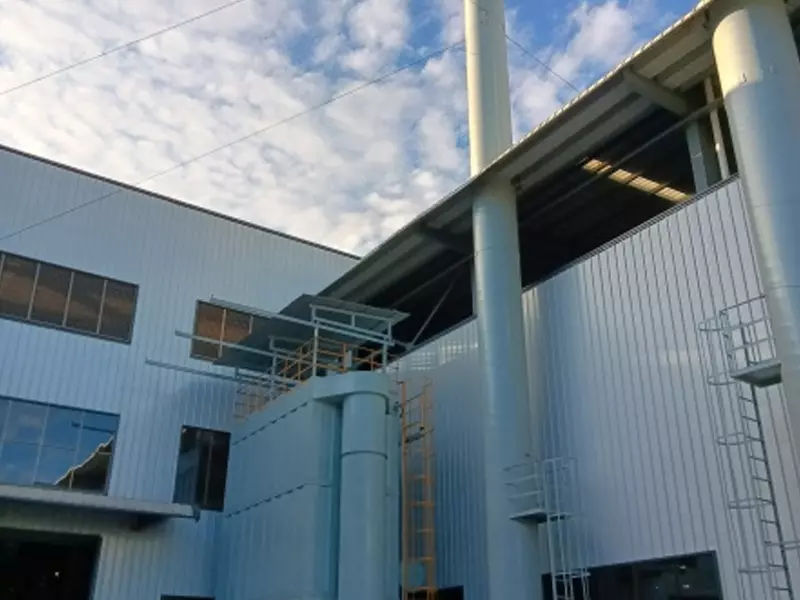How to treat the exhaust gas in the lithium battery workshop?
With the improvement of people's living standards, the demand for energy is also increasing. As a type of new energy, lithium batteries are becoming increasingly widely used, not only in mobile communication, electric vehicles, energy storage devices, but also in high-tech fields such as aviation and aerospace. But with it comes the problem of exhaust emissions from lithium power plants, where harmful substances in the exhaust can pose a threat to the environment and human health. Therefore, the treatment technology for lithium power plant exhaust gas is very important.

The main sources of exhaust gas in the production process of lithium batteries are:
1. Plate engineering - mixing, pulping, coating, baking, roll cutting, laser die-cutting and slitting;
2. Assembly engineering - winding, JR preheating short circuit testing, pairing, welding, vacuum drying;
3. Chemical engineering - injection, high temperature static, chemical, welding, cell charging and discharging, aging testing, coating.
The main components of exhaust gas from lithium batteries are:
The VOCs waste gas generated during the production, assembly, and formation process of lithium batteries through liquid injection and vacuum drying has a relatively small air volume and large concentration fluctuations; The main source of exhaust gas from drying and liquid injection is the electrolyte, which is composed of electrolyte salts and diluents and is a colorless liquid. The main components are lithium hexafluorophosphate, ethylene carbonate, dimethyl carbonate, and ethyl carbonate. Among them, lithium hexafluorophosphate is prone to hydrolysis to produce hydrofluoric acid, which poses a threat to operators and the environment and causes a series of respiratory occupational diseases.
Main treatment plan for exhaust gas in lithium battery workshop:
It is recommended to use a combination process of spray tower, dry filter, and activated carbon catalytic combustion for the treatment of exhaust gas in lithium battery workshops.
The spray tower, as a pre-treatment equipment, can effectively remove dust and acidic substances from exhaust gas through alkali spray. The dry filter adsorbs the water mist generated by the spray, and then the activated carbon adsorbs other pollutants for standard emissions. Catalytic combustion can desorb and burn the activated carbon, ensuring its purification effect and reducing the frequency of replacement.
Previous: No More
Next: Control pollution from the source! New cooling tower solves the problem of white mist emission
